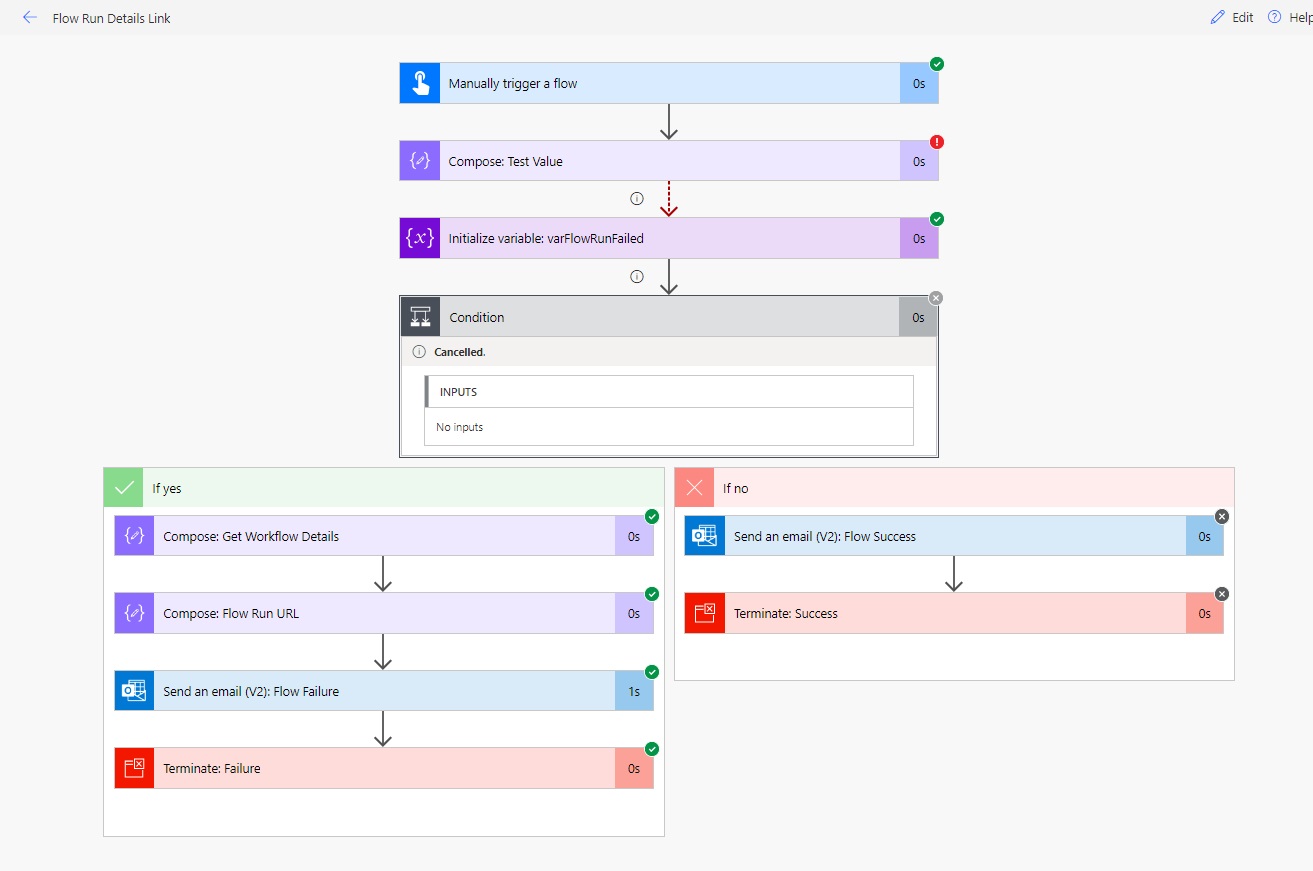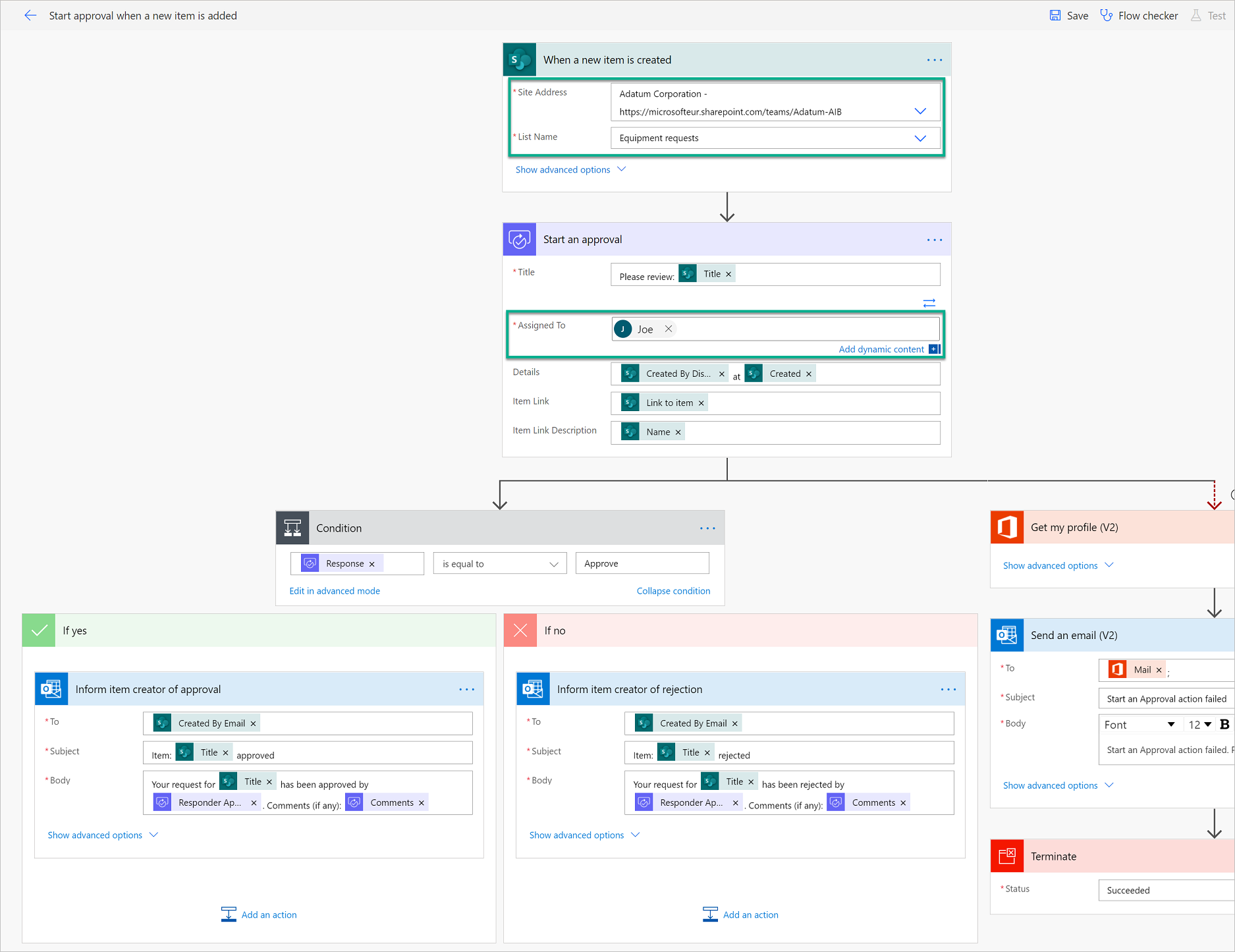Cant Miss Takeaways Of Tips About Why Is Power Automate So Frustrating

Power Automate
1. The Promise of Automation
Let's be honest, the idea of Power Automate is incredibly appealing. Automating those repetitive tasks, freeing up your time for more important (and let's face it, more interesting) things—who wouldn't want that? Imagine a world where you don't have to manually save email attachments or copy data between spreadsheets. A world of blissful efficiency! That's the dream Power Automate sells, and it's a pretty convincing one.
But then reality hits, and you're staring at a blank canvas, trying to figure out why your simple flow is throwing cryptic errors. The dream fades, replaced by a growing sense of frustration. You start to wonder if the time you're saving through automation is actually being swallowed whole by the time you're spending troubleshooting.
So, is Power Automate inherently flawed? Not necessarily. But there are definitely some common pain points that can make the experience less than smooth. We're going to dive into those reasons, explore why "Power Automate is so frustrating," and maybe even offer some tips to help you navigate the turbulent waters of automation.
Think of it like that DIY project you saw on Pinterest. It looked so easy in the picture! But three trips to the hardware store and a few near-meltdowns later, you're questioning all your life choices. Power Automate can feel like that sometimes.

3 Power Automate ErrorHandling Patterns You Must Know
The Usual Suspects
2. Connector Conundrums and Authentication Agony
One of the biggest hurdles is dealing with connectors. Power Automate relies on these connectors to talk to different services (like Outlook, SharePoint, Twitter, etc.). When they work, it's magic. When they don't work? Prepare for a deep dive into authentication errors and permission issues. You might find yourself constantly re-authenticating, granting permissions you're not entirely sure about, and generally feeling like you're fighting a losing battle against digital gatekeepers.
And let's not forget the dreaded "API throttling" errors. Suddenly, your flow grinds to a halt because you've exceeded the API limit for a particular connector. It's like being stuck in rush hour traffic, except the traffic jam is caused by your own automation.
The documentation for some connectors can also be... less than helpful. Sometimes you're left to rely on forum posts and community knowledge to decipher what each action actually does. Which can be a real adventure, but not necessarily the kind you signed up for.
It's also common for connectors to update or change their functionality, which can break existing flows. So, you think everything is running smoothly, then bam, something stops working, and you have to spend time diagnosing and fixing the issue. Maintenance is definitely part of the Power Automate game.

Error Messages That Speak Another Language
3. Decoding the Cryptic
Ah, error messages. Those little nuggets of information designed to guide you towards a solution. Except, in Power Automate, they often feel like riddles wrapped in mysteries inside enigmas. You get a generic error message that tells you something went wrong, but gives you absolutely zero clues about what went wrong or how to fix it.
Debugging Power Automate flows can feel like being a digital detective, sifting through logs and trying to piece together the puzzle. Sometimes, the error messages are so vague or misleading that you're better off just guessing and checking until you stumble upon the solution. Which, let's be honest, is not the most efficient or satisfying way to work.
Wouldn't it be nice if error messages actually provided specific guidance, like "The 'Send Email' action failed because the recipient address is invalid" or "The 'Create File' action failed because the file already exists"? Instead, you get gems like "An unexpected error occurred" or "The request failed." Thanks, Power Automate, that's really helpful.
This is where the Power Automate community becomes your best friend. Searching for the error message online often leads you to forum threads where other users have encountered the same problem and (hopefully) found a solution. Sharing is caring, especially when it comes to deciphering cryptic error messages.

Maximize Efficiency And Save Time The Benefits Of AI In Power Automate
Complexity Creep
4. When Simple Automations Become Monstrous
It often starts small. A simple flow to save email attachments to OneDrive. But then you add a condition to check if the attachment is a certain file type. Then you add another action to rename the file. Then you add another action to send a notification. Before you know it, your "simple" flow has become a sprawling, interconnected mess of actions and conditions.
This is what we call "complexity creep," and it's a common trap in Power Automate. As you try to handle more and more scenarios, your flows can quickly become difficult to understand, maintain, and troubleshoot. Especially if you haven't documented them properly (and let's be honest, who really documents their Power Automate flows?).
It's important to think about the long-term maintainability of your flows. Break down complex tasks into smaller, more manageable sub-flows. Use comments to explain what each action is doing. And don't be afraid to refactor your flows if they become too unwieldy.
Think of it like building a house. You wouldn't start with a single, giant room and then try to add walls and doors later. You'd start with a plan and build the house in stages. The same principle applies to Power Automate flows. Plan ahead, break down the task, and build your flow in a structured and organized way. Your future self will thank you.

The Learning Curve
5. Not as Intuitive as Advertised
While Power Automate is marketed as a low-code/no-code platform, there's still a significant learning curve involved. Understanding the different connectors, actions, expressions, and data types takes time and effort. It's not always as intuitive as the marketing materials suggest.
There's a lot of jargon to learn, like "dynamic content," "expressions," "variables," and "JSON." And while Microsoft provides documentation, it's not always the easiest to understand, especially for beginners. It can feel like you're learning a whole new programming language, even though you're supposed to be using a "no-code" platform.
The good news is that there are plenty of resources available to help you learn Power Automate. Microsoft Learn offers tutorials and documentation, and there are countless blog posts, videos, and forum threads created by the Power Automate community. Don't be afraid to ask for help, and don't get discouraged if you don't understand everything right away. It takes time and practice to master Power Automate.
Treat the learning process as an investment. The more you learn about Power Automate, the more efficient and effective you'll become at automating your tasks. And the less frustrated you'll be in the long run. Plus, you can then help others and become a Power Automate guru!

So, What Can You Do About It? (A Few Tips)
6. Taming the Automation Beast
Okay, so Power Automate can be frustrating. But it's also a powerful tool that can save you a lot of time and effort if you know how to use it effectively. Here are a few tips to help you tame the automation beast:
Start Small: Don't try to automate everything at once. Start with simple flows that address specific pain points. As you gain experience, you can tackle more complex automation scenarios.
Plan Your Flows: Before you start building a flow, take the time to plan it out. What are the inputs? What are the outputs? What steps are involved? A little planning can save you a lot of headaches later on.
Test Your Flows: Test your flows thoroughly before you deploy them. Use test data to simulate different scenarios and make sure your flow handles them correctly.
Use Comments: Add comments to your flows to explain what each action is doing. This will make it easier to understand and maintain your flows in the future.
Break Down Complex Flows: If a flow becomes too complex, break it down into smaller, more manageable sub-flows.
Monitor Your Flows: Keep an eye on your flows to make sure they're running smoothly. Check the run history for errors and address them promptly.
Leverage the Community: The Power Automate community is a valuable resource. Don't be afraid to ask for help or share your own experiences.